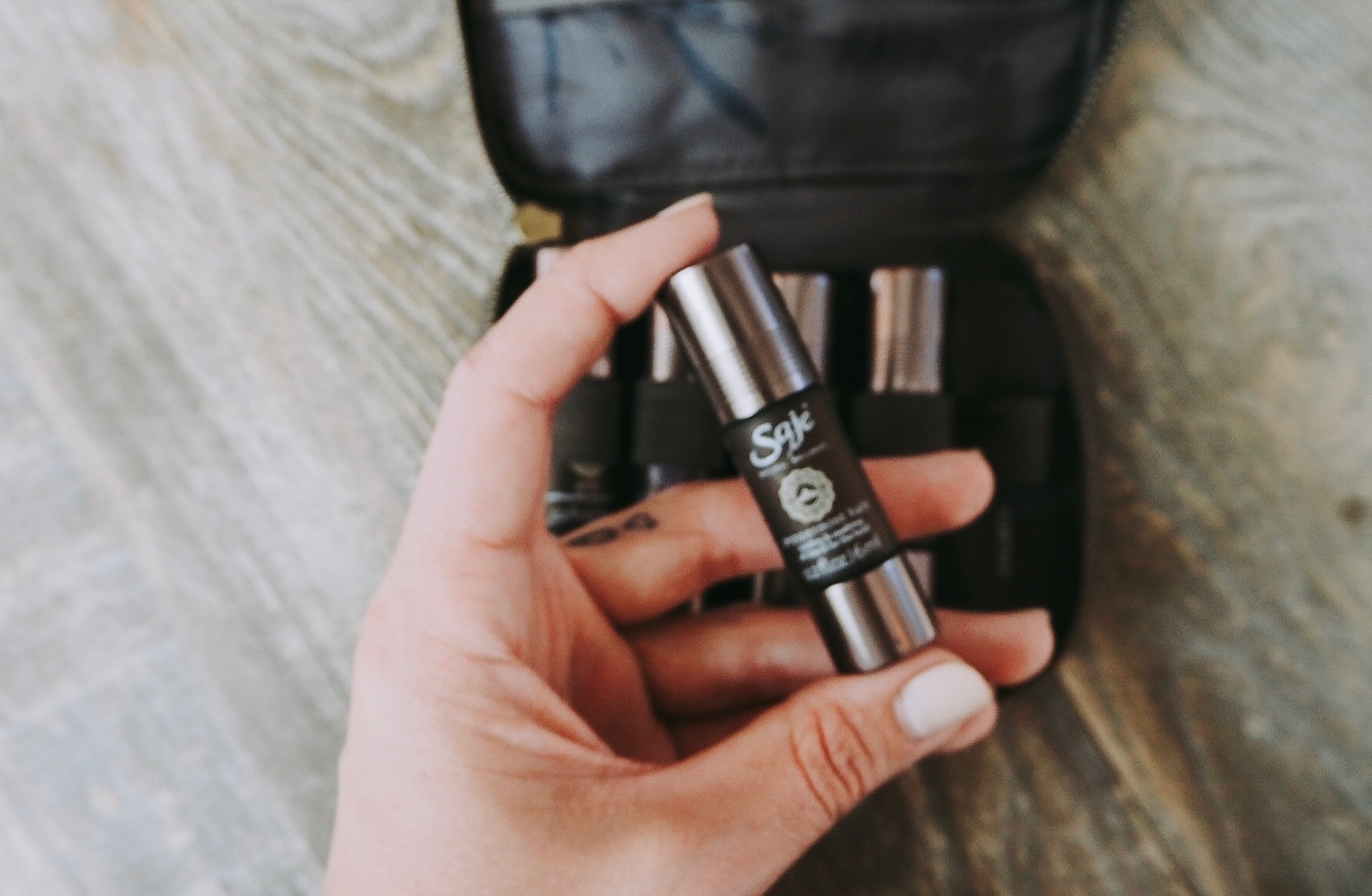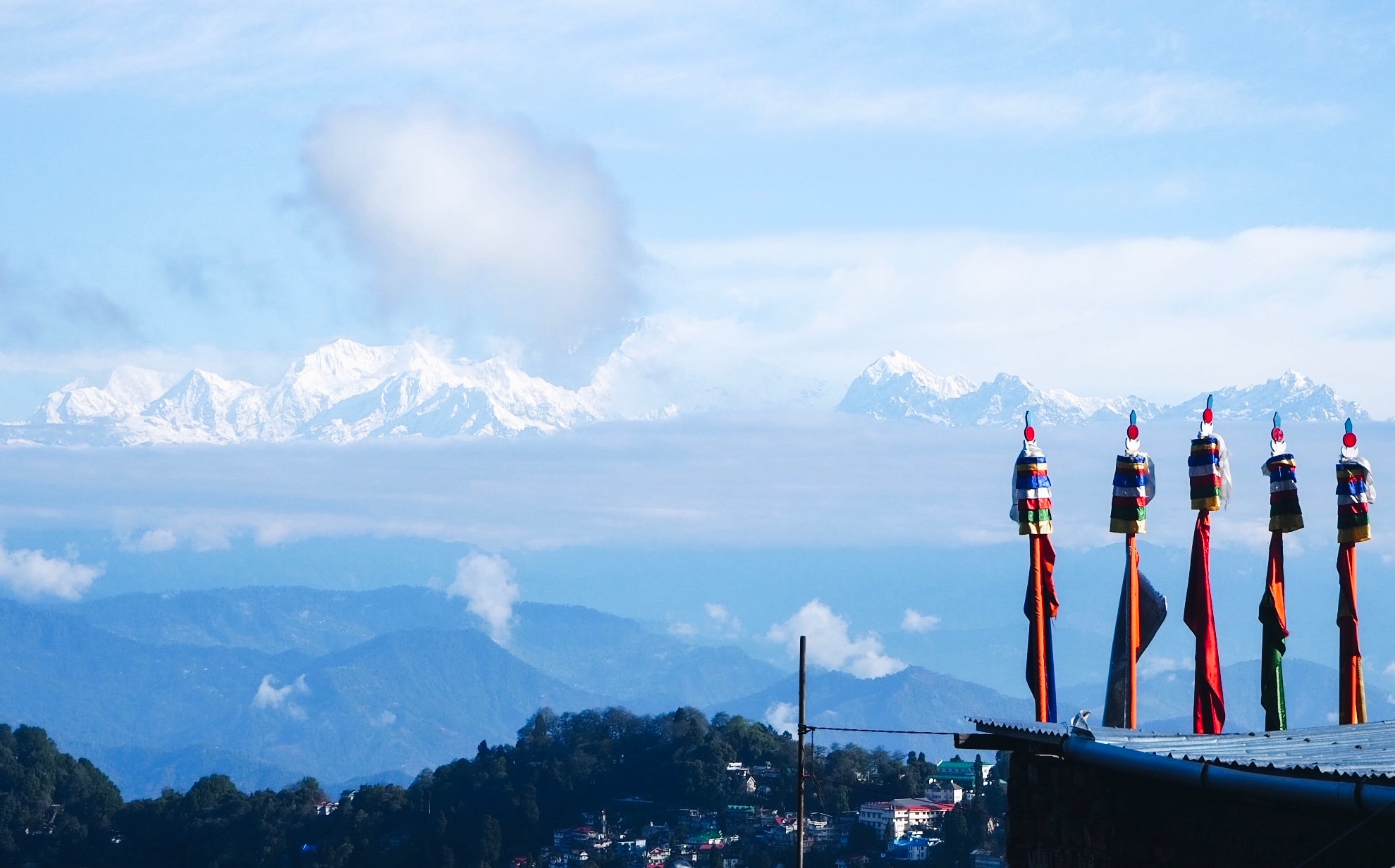A Nurse's Travel First-Aid Kit
/Okay, you have done everything you can to not get sick abroad, you’ve even taken all the natural supplements and preventative measures you can, but let’s face it - you’re jetlagged, walking more than ever, experimenting with new foods, and overall being exposed to a new environment and all that comes with it.
Things can and occasionally do go wrong on any trip, so it’s best to be prepared in the event it does. Although all trips are different and may require special precautions (climate, destination, activities, length of trip, personal health needs), a well-prepared first-aid kit is crucial to have abroad, especially if you are backpacking or are an active traveler.
As a nurse I travel with an All-Purpose First Aid Kit , which covers a lot you will see below, plus items directed towards healthcare professionals like a sewing kit and CPR face mask. However, I prefer to customize and pick a few more items. Please remember these are general tips only. While they are written by a qualified nurse, this should not be considered as a replacement consultation with your travel health nurse or physician. Do not introduce any new medications or supplements without speaking to a qualified healthcare professional, especially if you are pregnant or have pre-existing conditions. discuss any changes, new practices, and individual health concerns based on your personal history with a qualified medical professional before your trip.
LOVE this Awesome Humans tee from Figs!
what to pack
Small Tweezers/Nail Clippers for splinters, ingrown nails, or general practical use. Small scissors are also very helpful but these usually won’t make it in a carry-on.
Bandages or Band-aids for minor cuts and injuries. Make sure there are a variety of sizes to keep yourself covered. Most pre-made first-aid kits will come with enough of these to cover a life-time of scrapes, so I remove and rearrange some of these to fit everything else.
Gauze to clean, apply pressure, stop bleeding, or dress any wounds. Opt for individually wrapped sterile squares to keep things simple and sterile.
Anti-Septic Wipes to make sure small scrapes or wounds do not get infected.
Surgical tape is an essential part of the kit that can be used for emergency situations when you need to secure gauze. For some reason I always find random uses for this too like patching up a mosquito net.
ACE Bandage for just in case emergencies like keeping dressings in place or a makeshift sling until you can get professional medical attention. You will only need one or two of these, again usually just for more serious scenarios.
Anti-Septic Cream like Neosporin for potential cuts/scrapes again to prevent infection.
Blister Bandages Those shoes you packed you thought were comfortable have now dug into multiple please in your feet? These can be real game changers especially when walking miles and miles traveling.
Digital Thermometer this can be the deciding factor in whether or not to seek further medical attention. In the medical world we consider a fever as an oral temperature of 100 F (37.8 C) or higher. (Mayo Clinic)
Medication for Pre-existing Conditions should be stocked in the first-aid kit. Again, be sure to meet with your primary care doctor before the trip to get all prescriptions and discuss further travel precautions and vaccinations.
Benadryl or another antihistamine with Diphenhydramine. You never know with new foods or environment if you will have an allergic reaction.
Pain Reliever like Tylenol, Advil, ibuprofen or whatever pain reliever works best for you.
Pepto-Bismol- for heartburn, upset stomach, nausea, diarrhea.
(Immodium/loperamide) for emergency moments of diarrhea. In most cases related to food bacteria, you unfortunately need to let it run it’s course to flush the bacteria out. However this is handy in times you need to get on a flight or bus. Make sure to drink plenty of fluids!
Dramamine for unexpected motion sickness on plane, boat, train.
Throat Lozenges for soothing the throat. I love Thayers and keep this handy pack next to me at all times on the plane when you are drone to drying out!
Bug Spray mosquitos can transmit a number of diseases including yellow fever, dengue fever, Japanese encephalitis, malaria, and chikungunya- on top of annoying itchy bites. Talk to your doctor about what precautions you may need depending where you are going.
Anti-histamine cream to decrease itching and swelling from bites. Go for benadryl gel, cortisone cream, or you can usually find a natural one at a health food store.
Sunscreen to avoid sunburn, heatstroke, heat exhaustion and dehydration.
Other Pro Tips
+Leave a list of any allergies, medical history, current medications, and prescriptions on you in case you need it or get questioned.
+Make a copy and screenshot your travelers insurance. Most have 24/7 services you can call to discuss symptoms with a healthcare professional to advise you on further action.
+Keep generic medication in it’s original packaging in case customs officials need to check it.
+I always keep an extra set of some items on me at all times like advil, sunscreen, blister band-aids, and benedryl- in the event you need anything while you’re about and about for the day.
Once your kit is packed, put it at the bottom of you bag and forget it’s there! You probably won’t have to touch most items in your first-aid kit (I hope you never have to touch any), but it’s best to be safe and prepared for yourself and your travel buddies. For more, check out the full recommended list of supplies from the CDC.
What do you pack in your first-aid kit? I am always looking for other tips to make travel smooter, especially in the health/safety department! Please comment below or share with me on social media. Here’s to happy, healthy and safe travels - Bon Voyage!
Sources
Diemert, David (2006). Prevention and Self-Treatment of Traveler's Diarrhea. Clinical Microbiolgy Review. 19(3): 583–594. doi: 10.1128/CMR.00052-05.























































